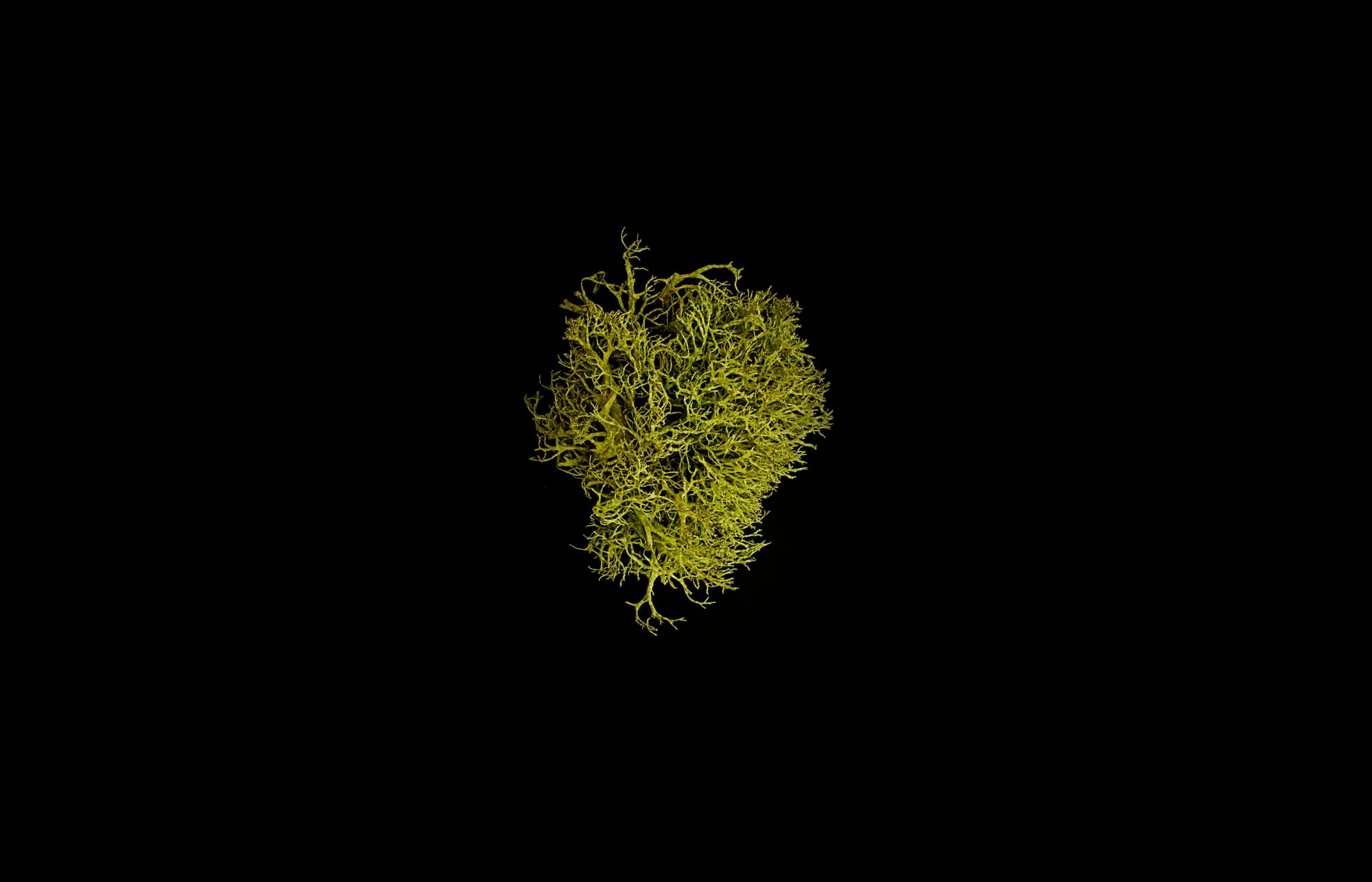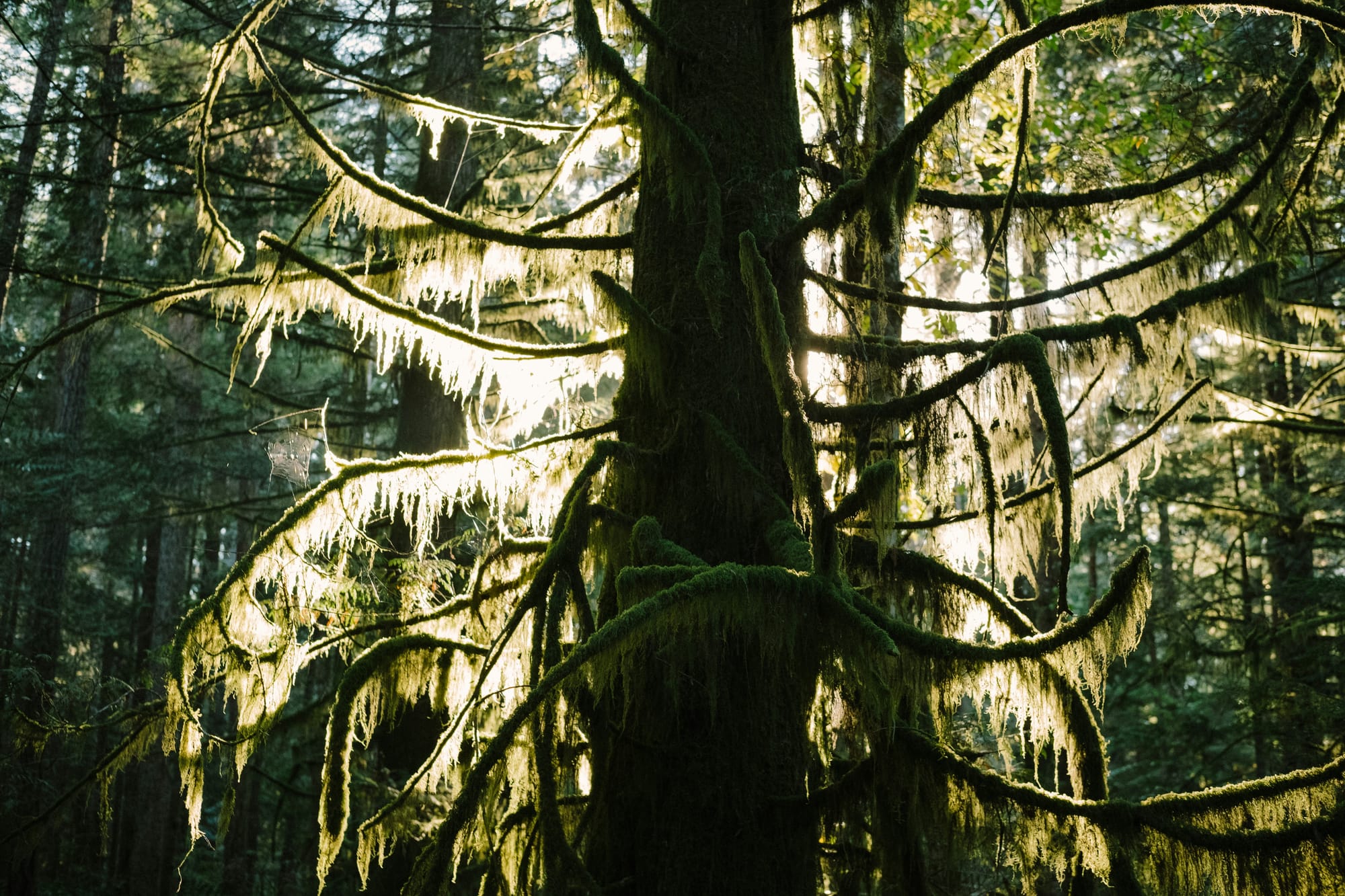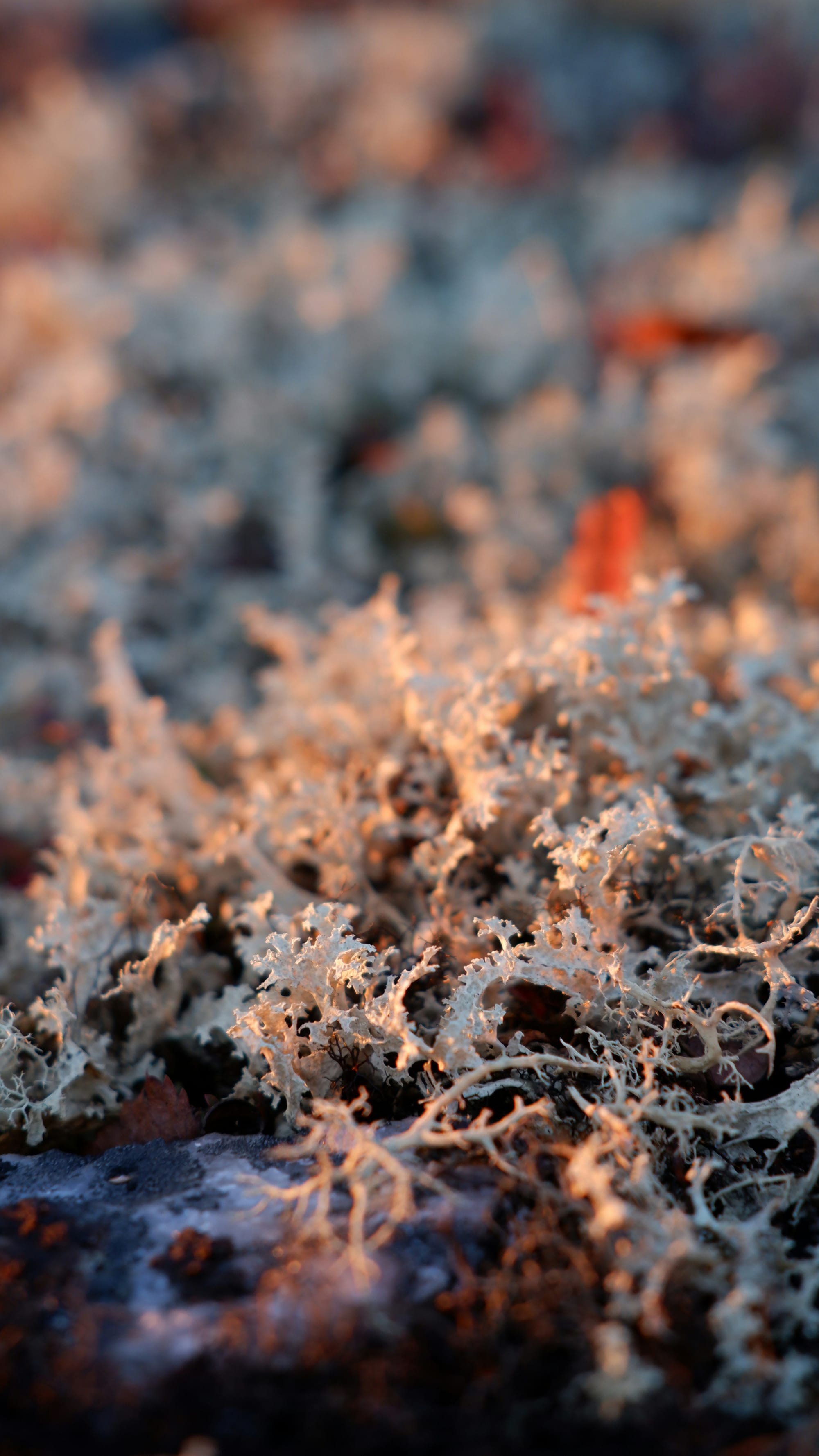Welcome to the spring season of the Missing Witches podcast, our Kinship Season, which is dedicated to getting familiar with our familiars. This is where we take time to learn from our more than human kin. In the fall we’ll do a season dedicated to people stories again - our classic Missing Witches stories - and throughout the summer we’ll have Witches Found Interviews and episodes of the Rx. Our list of people, songs, and other media to learn about craft, magic, resistance, and re-enchantment is long. But in the spring we need to balance out against people-logic by digging into soil, learning about the plants and animals and rocks and winds and waters that are us too, as we wind our wild ways through the holobiont that we all are here on Earth. These episodes were originally conceived of as tongue-in-cheek anti-capitalist motivational meditations, and we hope you’ll take these offerings in that original sense: seed bombs hurled on the pristine dying lawns of Mondays. Blessed Fucking Be.
Oh and quickly before we begin, I want to thank Natasha Lavdovsky for allowing us to share their music in this episode. The lichens of the Sooke Hills Wilderness Park are the source of the chemical dataset that has been translated into piano music for the project, "Music for Lichens", created with support from the Canada Council for the Arts. Piano performance and assistant audio engineering is by Keenan Mittag-Degala.

Pearly Everlasting is white and frail. Heal All is low and humble with tiny cups of blue. Lupin are violet or coral, all summer long they sip nitrogen from the air and pour nourishment back into starving soil, graceful as they flock together along the roadside waving their arms in welcome.
Poppies are red and unexpected in the wildflower tangle. They must have been planted decades ago by the old woman who raised her kids here before me. One red flag flower with its black heart stands up from the shadows each year somewhere near the granite boulder where I mark the body part I grew, then buried, then covered with stone to remind myself and the kid I grew it for that this is home. This is where our blood lives and the poppy comes because she knows things about memory.
And all along the paths, and caught in the cold branches, and making tiny nests of melt in the snow banks, aleatory lichens appear like tangles of blowing green. Alectoria ochroleuca. Two toned Witch’s Hair. Alectoria means unmarried, this lichen is an epiphyte, rootless, it travels and lives on air and rain, Alectoria is also the name of a talisman stone believed to be found in the belly of an elderly cockerel or rooster, a stone that would have been rubbed smooth by the daily grind of helping the bird digest grain. This winter, Alectoria ochroleuca appeared everywhere before me like tiny tangled messages and I loved them long before I looked them up and learned their name. Witch’s hair, brave and wild, their tiny arms outstretched, offering, like most things here, a secret medicine.

It’s been a grey winter, a winter we’ve heard war drums and children asking why in the wind that keens and grieves and rages through the trees. I’ve been sitting in the snow, resting my head against the white birch, remembering the wildflowers, counting them off like a rosary, willing them to return, letting my eyes follow lichens like a cipher to solve, or a map to the hope that might be buried here beneath the snow.
Lichens grow in the leftover spots of the natural world that are too harsh or limited for most other organisms. They are pioneers on bare rock, desert sand, cleared soil, dead wood, animal bones, rusty metal, and living bark. Able to shut down metabolically during periods of unfavorable conditions, they can survive extremes of heat, cold, and drought. (source)
As they advance over years across barren landscapes, lichens take tiny pieces from the surfaces they read like braille. They draw minerals into themselves, but they also leave tiny grains behind and from that tiny patch of soil, moss grows, and then ferns, and the forest returns. They draw a map of tiny choices, of the ways we are weathered by life, of what it costs, and about where abundance comes from.
When I’m lost in the injustice and cruelty of the human world I lose myself in lichens. They survive the winter and climb the trees and whisper lifestories into ancient rocks. Lichens, like whales, soak all our toxins in to testify on behalf of the world. From the corner of my eye, they are tiny moving ferns, carrying algae tucked within themselves, bringing water to wastelands, believing in tomorrow even when I can’t.
"Lichens are fungi that have discovered agriculture" wrote lichenologist Trevor Goward, and while I love to think of them “discovering” this metaphor missed a truth of what fungi do when becoming lichen, which is that they invite the other in. They don’t farm somewhere outside themselves, and they don’t torch the land beneath them with pesticides to mass produce a monocrop, instead, in the very walls and halls of their own bodies they make space and safe harbour for collaborative creation.
We are lichen kin. I know you, I have seen you, keeping seeds and water and hope and life and resistance carefully encircled in your hearts; protected by your stories, your craft, your rituals, your punk songs, your ancestors, your wild gods etc. I have heard you singing the silent songs that lichens sing. I know your bodies testify. I know you trace pathways through barren places. I know you, you keep faith with the future of the world.
I know you, you keep faith with the future of the world.
Robin Wall Kimmerer wrote:
The algal partner is a collection of single cells, gleaming like emeralds and bearing the gift of photosynthesis, the precious alchemy of turning light and air to sugar. The alga is an autotroph, or one that makes its own food and will be the cook in the family, the producer. The alga can make all the sugar it needs for energy, but it’s not very good at finding minerals it needs. It can only photosynthisize when it’s moist, but it has no ability to protect itself from drying.
The fungus partner is the heterotroph, or “other feeder,” since it can’t make its own food but must subsist on the carbon harvested by the other. The fungus is brilliant at the art of dissolving things and liberating their minerals for its use but it can’t make sugar.
Different species of fungi have preferred algae partners, they form communities over a long time, they balance each other out, they step in to help where the other is lacking. The algae isn’t just a companion on a fungal journey, it enters the fungi so completely that together the two beings make a third thing. They are symbionts across kingdoms, they choose each other and survive.
Who do you choose to go about this work of believing in the future together? Do you feel encircled, are you making sweetness at the heart of your commingling? Are you nourishing each other? Are you listening to the rock and wind? Are you being changed?
Kimmerer continues:
The fungal/algal symbiosis so blurs the distinction between individual and community that it has attracted a great deal of research attention. Some pairs are so specialized that they cannot live apart from one another. Nearly twenty thousand species of fungus are known to occur only as obligate members of a lichen symbiosis. Others have the capacity to live freely yet choose to join an alga to become a lichen.
I hope you are choosing freely, and conjuring modular shapes of care and aid that work for you and yours. Also, I am willing to open up my ideas about individualism and of free will in light of lichen insights.
Deep within my gut there is a tiny web of life called mycobiome and though they make up less than 1% of the metropolis that is my gut microbiome, research is showing that they are the sorters, the bus drivers, the chief operations officers, the translators, the traders who make transfers more successful. I am like a lichen in this way, fungi have wrapped their thin arms to embrace me from the inside. When I stop and listen to my gut, my instincts, my nameless fears, or the desire that comes from somewhere inside that demands I go outside and follow the wind, I imagine channeling the different wisdoms of the beings that live in me that know how to talk to water and to trees. I put my hand on my belly and ask them, what do we need?
The symbiotic co-evolution of human and gut bacteria has shaped the morphology and behaviour of both humans and gut bacteria. Neither is viable without the other; human gut microbiota have evolved to live in the specific environment of the human gut, while humans have evolved to depend upon food that could not be fully digested without this specific internal symbiotic community. What becomes clear from this perspective is interconnectedness in an ecological “mesh.” (Griffiths)
We aren’t alone in here. You are not alone, ever, you live with beings who came from the civilization inside your mother’s body and who chose to migrate to be with you. You live with beings who had colonies on the surfaces of your world and chose a safer, more nourishing home with you and now they help you extract minerals and sugars from the plants you consume. This is an alliance that goes back millenia. Right at the heart of each of our cells there is evidence of our ancestral alchemy:
So how is a human like a lichen? Every human cell has a bacterial power source, much like the lichen’s reliance on its photobiont. Mitochondria are organelles within the eukaryotic cell that have distinct DNA and are involved in the production of adenosine triphosphate (ATP), a source of chemical energy. Further, as Margulis suggested in 1967, eukaryotic cells were once non-nucleated prokaryotes that survived absorption by another cell. Mitochondria thus provide animal cells with energy in much the same way as a photobiont provides photosynthetic energy to the lichen. (Griffiths)
Your very cells work the way they do because they are the product of interspecies collaboration, creation, invention.
I consider you witch kin if you can see, or sense or imagine the web around us, all these invisible fine lines of relationality, the ways we are entwined, entangled with the world.
Close your eyes and imagine the lines of flight, as Deleuze and Guattari put it, those old theory witches, between you and your symbionts and all the rhizomes of species and spirits in the room with you now. Count them out like a litany, like a heathen liturgy:
Walnut, pine, birch, teak, mahogany ghosts are here in the desk, the chair, the doorframes. In the distance you can hear their leaves rustling, their roots whispering to their children and their mothers through fungal webs.
Clay and silica and the earth they came from, and the hands that shaped and carried them are here too.
Linen, cotton, wool, sheep bleating, blades cutting through sheaves,
dyes and paints and ruffled circles of chemists around petri dishes,
dried roses from my sister’s wedding, that day we sang together, we joined hands with strangers becoming family, we smoked a joint with the groom’s great aunt, we danced.
Follow the materials to the stories, to the sisters.
Call up the web.
Call up the web.
Remember the witch’s hair, though rootless, is part of how the web is. They sip water from the air, they take flight and nest in snow or trees or pathways. They make a pact with the unseen.
See your own spine in your minds eye, imagine the flickering light that moves between your belly and your brain as you call to mind this web. Imagine your nervous system extending out into your edges, intelligent strings of hyphae reach your skin.
And then imagine them pushing beyond.
Following the lines of relation, of kinship, of interconnection all around you.
See yourself like a spider in a web.
And now, imagine you take one thread in your hand, and at the end of the thread imagine a bit of living blue green, a fragment of the living fabric of the earth that is unmoored and lonely. There have been holes opened in our ecosystems, in some places the web is in tatters. But we are lichen kin, we invite the other in.
Imagine the great spider of your sensing with its many fine, delicate arms reaching into the ecosystems, families, cultures, stories, social and political systems around you and gathering up a lost fragment. Seeing treasure in the discarded and suffering. Pulling threads, knotting, binding, quilting ourselves deeply, carefully, into the mesh of the many who live, who honour life everywhere it still flourishes and clings to hope.

We are lichen kin. We have survived crises together before.
Kimmerer again:
Only with severe need did the hyphae curl around the alga; only when the alga was stressed did it welcome the advances. When times are easy and there’s plenty to go around, individual species can go it alone. But when conditions are harsh and life is tenuous, it takes a team sworn to reciprocity to keep life going forward. In a world of scarcity, interconnection and mutual aid become critical for survival. So say the lichens.
We are listening, lichens; and we feel the weight of scarcity artificially imposed upon a deeply fertile earth by corporations agglomerated into legal individuals with more rights than kids, or rivers, or ancient trees, or the communities they extract from, turning life force into cold ones and zeros tick ticking and accumulating for the few… who are starving too, though they don’t know it yet. Their mycobiomes probably do.
We are here in the dark again, in the coven we make between our ears.
We are a team sworn to reciprocity, to keep life going forward, reaching across barren places to take hands, crafting our covens of mutual aid.
Lichen are fungi who opened themselves, they showed spaces of themselves that were vulnerable and they sang a song of welcome, of loneliness, of adventure. And the algae heard them calling, came out of the water, curled up inside the safe home of their singing hosts. Together they built layer upon layer of collaborative survival structures to give each other the basics of life. Together they can reproduce with a love that is not lovemaking, a fertility that sketches new appendages into the distance instead of making babies. Quote:
Reproduction in lichens may be either sexual or vegetative (asexual). In asexual reproduction, fragments of the thallus containing both the photobiont and the mycobiont separate and form into a new lichen.
In becoming lichen, fungi and algae change each other, and then they grow new limbs made up of their layered selves, and then they release those limb-children who carry on with their people’s work of bringing water, air, sugar, minerals to barren places.
Life everywhere expands beyond the one over-storied path of male-female sexual reproduction.
That’s part of what we mean when we say Witchcraft is a fertility cult. Doreen Valiente, poet, spy, co-founder of Wicca, said:
The idea of fertility is something that goes much deeper than the hope for good crops and increase of livestock, and I am sure that it always did. There is a spiritual as well as a material fertility. There is the need for people to be alive and vital and creative. Life is here to be enjoyed, not just endured.
Life is here to be enjoyed, not just endured. Take my hand and let’s run together towards those words. You deserve a delicious life and I do too, and I promise to work AND revel AND rest in honour of our mutual liberation.
I promise to work AND revel AND rest in honour of our mutual liberation.
I promise to work AND revel AND rest in honour of our mutual liberation.
I promise.
I promise.
Witches, bad bitches, feminists, lichen listeners, “pariah prophets” as trans indigenous theorist and decolonial diviner Christopher Marmolejo summons us: We are a fertility cult. We are devotees of survival and delight.
We are here for a sexual liberation that includes my grandmother burning her bra, and also all acts of consensual love and pleasure, and also our completely asexual means of joyfully stretching ourselves into the world, becoming entangled with it such that we cross thresholds and carry love and the life principle into barren places.
We are a fertility cult dedicated to the whole spectrum of fertility singing out from this freaky fecund planet.
And just like lichen, when we cast a spell or create a work of art or research, we are infused and entangled by our influences, the mesh of conversations. We make a limb that holds all of ourselves and countless seeds of others also. And then we find a way to step away, detach, and send it off on it’s own, living its own pathways, working its own magic in the world.
We are lichen kin, we are ready to be decolonized from within, we are on the margins, in the woods, in the hollow echoing places inside fungi whispering: come in come in.
In Queer Theory for Lichens David Griffiths writes:
(L)ichens are not anomalies but are rather illustrative of the fact that life and nature are found, if anywhere, in the complex and queer cobbling together of multispecies relationships.
Fungi and algae or cyanobacteria join in a ‘queer cobbling’ together that is and has always been at the heart of the mysteries of life, the spiraling of forces natural or divine, choose the metaphor that gets you closest, either way, they pledge their allegiance to a reciprocity that keeps life going forward.
And now they walk. Sometimes they walk like witch’s hair blowing green, untethered, unleashed, a leaping dance. Sometimes they walk in concentric ruffles across rockfaces. Sometimes they walk in braille messages for those who might come someday with the hands to read. They walk to bare places, exposed and raw, to harsh expanses of ice-scraped granite, to places of death where nothing else can grow, and they write their stories.
Robin Wall Kimmerer again one more time, of course:
Producers and decomposers, the light and the darkness, the givers and receivers wrapped in each other’s arms, the warp and the weft of the same blanket so closely woven that it’s impossible to discern the giving from the taking…These ancients carry teachings in the ways that they live. They remind us of the enduring power that arises from mutualism, from the sharing of the gifts carried by each species. Balanced reciprocity has enabled them to flourish under the most stressful of conditions.
Witches, we take our teachings from these ancient beings.
We reach into the enduring power that arises from mutualism.
We are lichen kin.
Imagine them coming to you with their silent songs: map lichen walking up your tired spines, stigmatea lichen marking your palms, reindeer lichen migrating through your bloodstream, witch hairs blowing wild around you always, reaching into the unseen.
Imagine your kin are speaking to you from within.
We are ancient.
We know the secrets of enduring power.
We are not alone.




